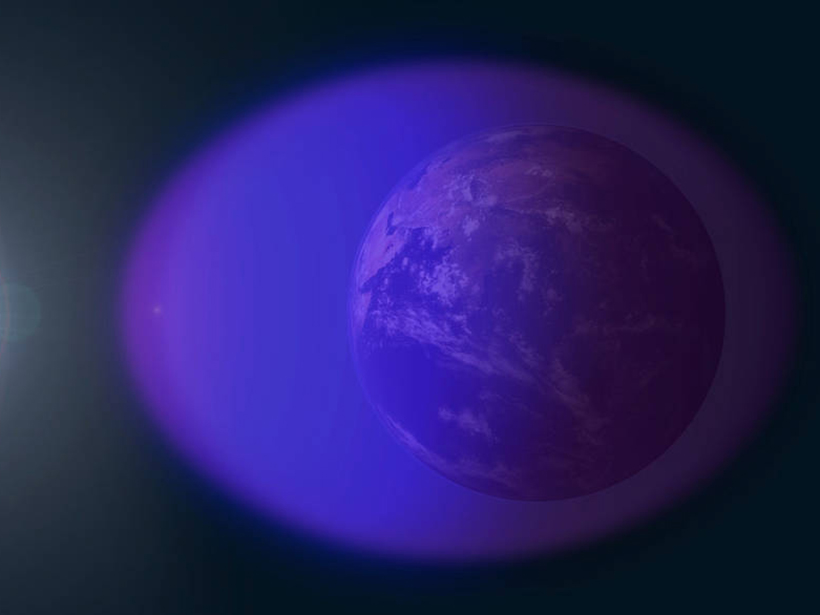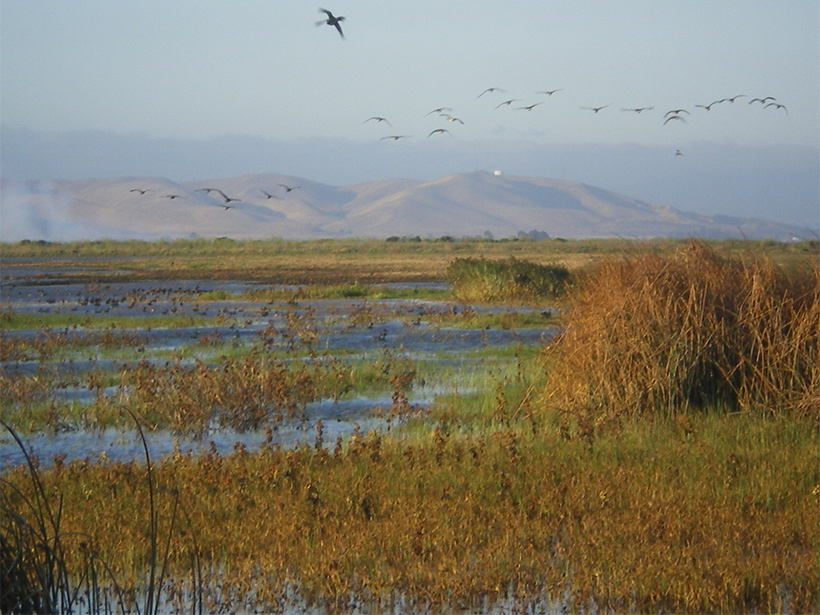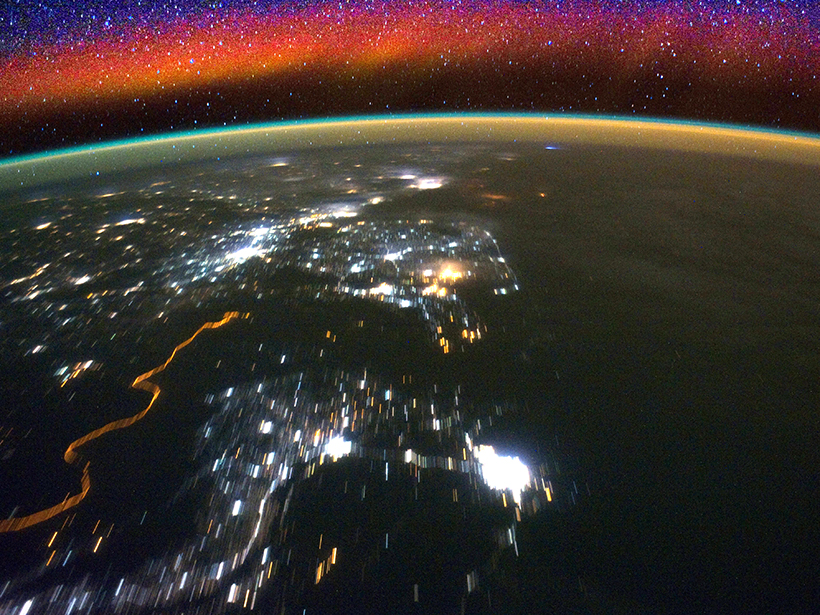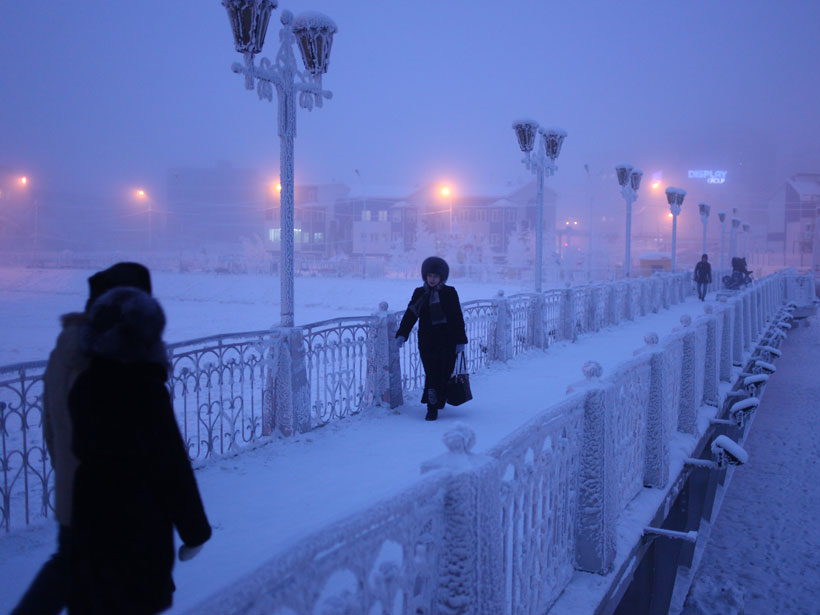Measurements made during a field campaign in Idaho indicate that the speed of winds 2 meters above Earth’s surface determines the type of turbulence present in nighttime inversions.
everything atmospheric
How Did Life Learn to Breathe?
Scientists unravel the conditions under which life evolved to breathe oxygen—and the findings have some stellar implications.
Dramatic Stratospheric Warmings Carved a Hole in the Ionosphere
A new study of sudden temperature spikes in Earth’s stratosphere could improve space weather forecasting.
Budgeting Ozone-Depleting Emissions from Coastal Tidal Marshes
Brackish wetlands and their salt-tolerant vegetation are significant methyl halide emitters. The natural emissions add chlorine and bromine to the stratosphere, which break down ozone.
New Modeling Framework Improves Radiative Feedback Estimates
A new approach offers insights into the relationship between surface temperature and top-of-atmosphere energy imbalances and improves the understanding of important climate feedbacks.
Great American Eclipse Data May Fine-Tune Weather Forecasts
Measurements taken by an automated national meteorological monitoring network during the 2017 total solar eclipse illuminate how the land and atmosphere respond to a sudden loss of sunlight.
High-Altitude “Wind Walls” Discovered near Magnetic Poles
Satellite imaging reveals two narrow channels of extreme winds surrounded by gentle opposing flow 140–250 kilometers above sea level.
Why Are Siberian Temperatures Plummeting While the Arctic Warms?
The answer involves the intricacies of stratospheric circulation, which, if better represented in climate models, could help predict extreme weather events in Siberia and elsewhere.
Drones Swoop in to Measure Gas Belched from Volcanoes
A team of volcanologists, chemists, physicists, and engineers from around the world test novel techniques at Central America’s two largest degassing volcanoes.
Measurements of Kelvin-Helmholtz Waves in Earth’s Magnetic Field
Simultaneous satellite observations from different distances of Earth’s magnetic tail offer insight into how these instability waves evolve through time and space.










